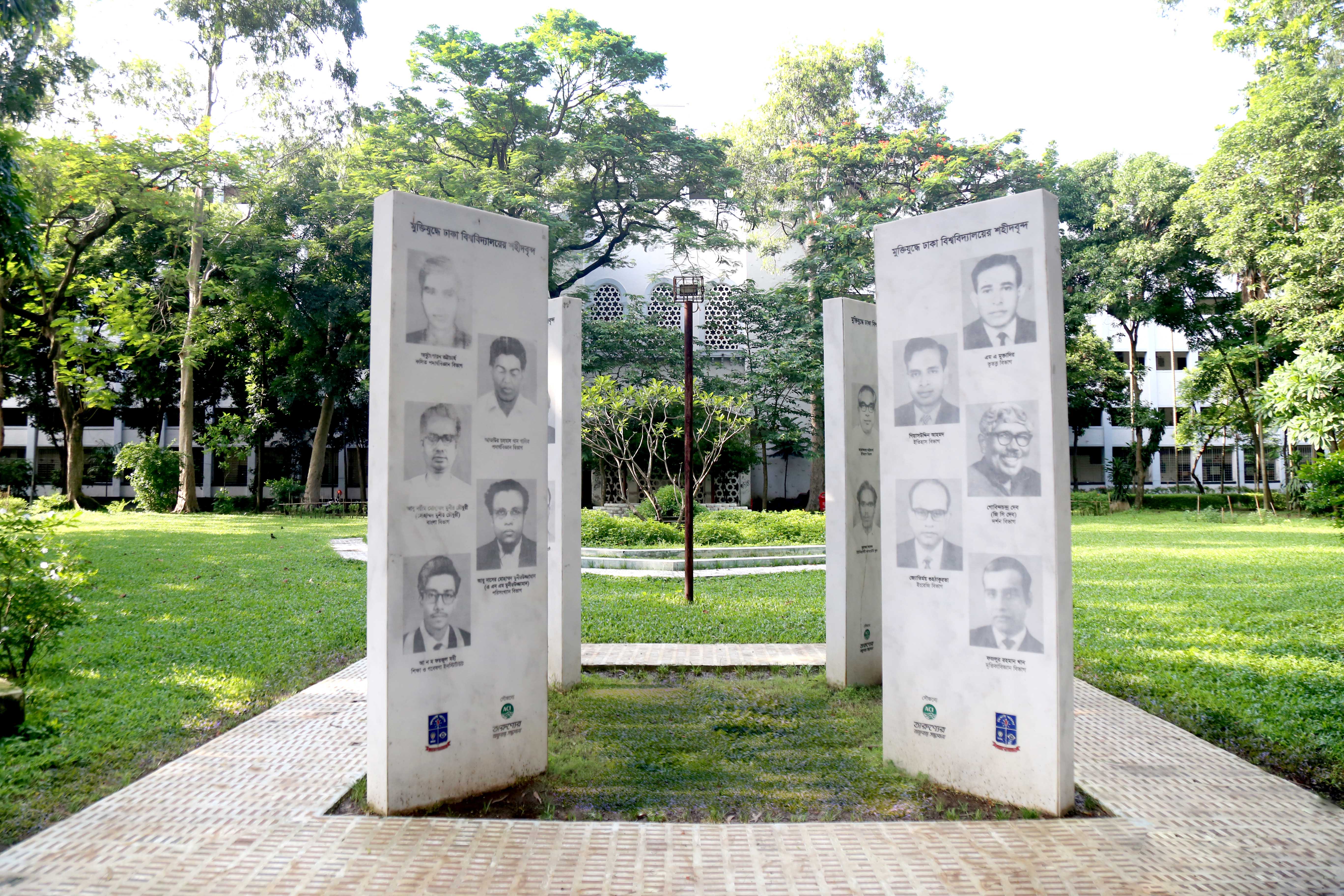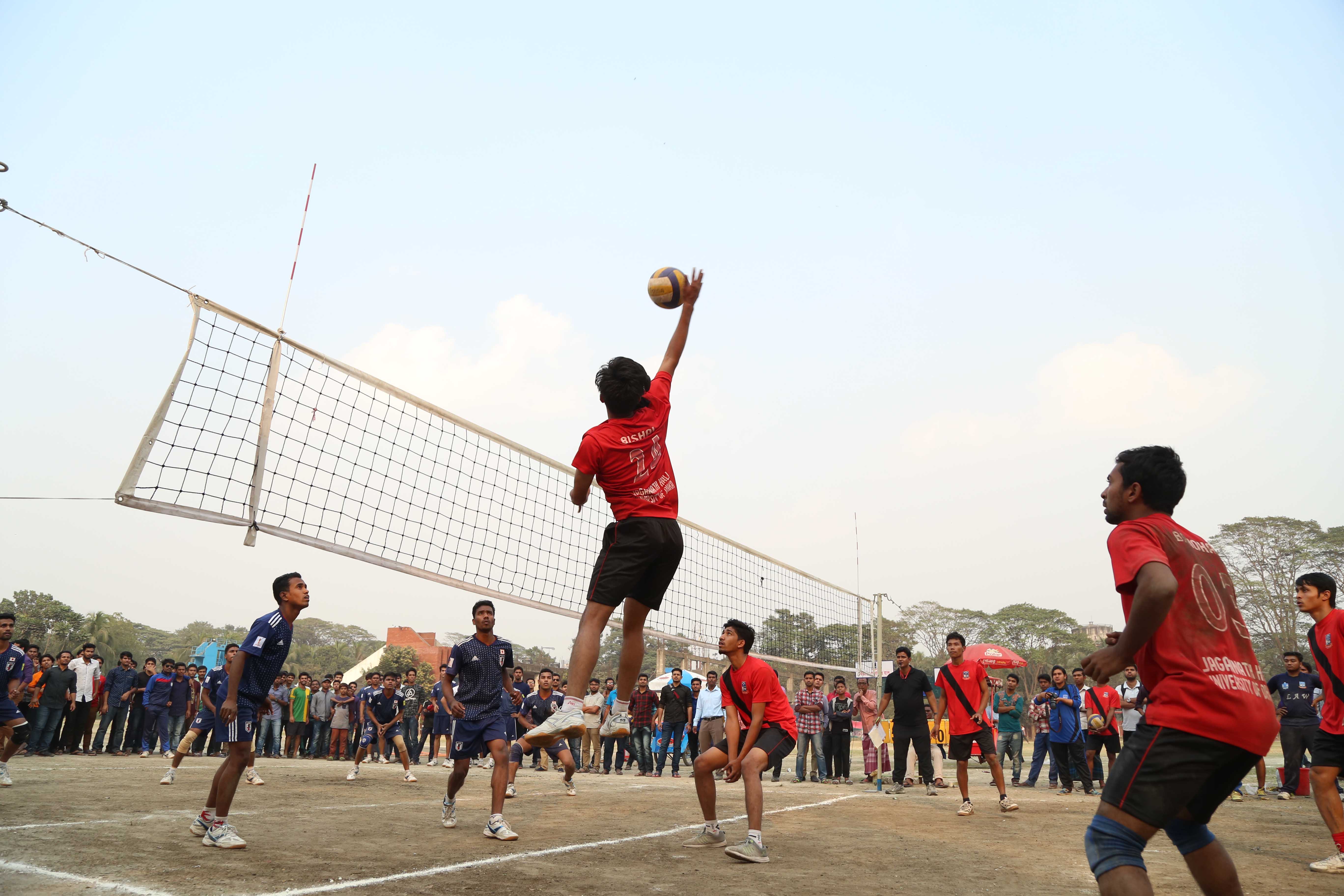Welcome to University of Dhaka
University of Dhaka
The University of Dhaka, established on July 1, 1921, is a symbol of academic excellence and a hub of intellectual, cultural, and political transformation. Located in the heart of Dhaka, the university began with three faculties, 12 departments, 60 faculty members, and 877 students. Over the past century, it has grown into Bangladesh’s premier institution of higher education, encompassing 13 faculties, 83 departments, 12 institutes, over 56 research centers, 20 residential halls, and a vibrant community of nearly 37,000 students and 2,000 faculty members.
Renowned for its contributions to education and research, the University of Dhaka is ranked #=554 in the QS World University Rankings 2025, #=634 in the QS Sustainability Rankings, and #112 in the QS Asia Rankings, securing its place as the top university in Bangladesh. These accolades reflect its commitment to academic excellence, sustainability, and regional leadership.
The University of Dhaka has played a pivotal role in the nation's history, including its leadership in the July Revolution, which brought systemic changes to governance and education. From spearheading the Language Movement in 1948 and 1952 to being the epicenter of the Liberation War in 1971, its faculty and students have shaped the country’s identity. The university’s sacrifices during the Liberation War—losing 194 members of its community—highlight its extraordinary contribution to the birth of an independent Bangladesh. _1740650667.jpeg)
The university boasts a diverse and influential alumni network with significant local and global footprints. It has produced national and international leaders, including presidents, prime ministers, Nobel laureates, corporate executives, and pioneers in various fields. These alumni continue to make remarkable contributions to governance, academia, business, science, arts, and global development, underscoring the university’s role as a cradle of leadership.
The University of Dhaka is home to over 56 research centers that drive innovation across disciplines. Its research output, prominently featured in global platforms like the Scopus database, addresses critical challenges and contributes to global academic discourse. These endeavors cement the university’s position as a leading institution for knowledge creation and dissemination.
 As the largest and oldest public university in Bangladesh, Dhaka University continues to shape the future through innovative curricula, state-of-the-art research initiatives, and a commitment to sustainability. With over 5,800 undergraduate students enrolling annually, it offers dynamic programs at bachelor’s, master’s, and doctoral levels. To date, more than 1,200 Ph.D. and M.Phil. researchers have graduated, enriching academia and industries worldwide.
As the largest and oldest public university in Bangladesh, Dhaka University continues to shape the future through innovative curricula, state-of-the-art research initiatives, and a commitment to sustainability. With over 5,800 undergraduate students enrolling annually, it offers dynamic programs at bachelor’s, master’s, and doctoral levels. To date, more than 1,200 Ph.D. and M.Phil. researchers have graduated, enriching academia and industries worldwide. 
Standing at the crossroads of tradition and modernity, the University of Dhaka remains steadfast in its mission to foster intellectual growth, advance societal progress, and inspire future leaders. With its rich history, global recognition, and dedication to freedom, justice, and truth, the university is poised to lead Bangladesh—and the world—into a brighter future.
